Guide to Identifying Different Types of Goldfish
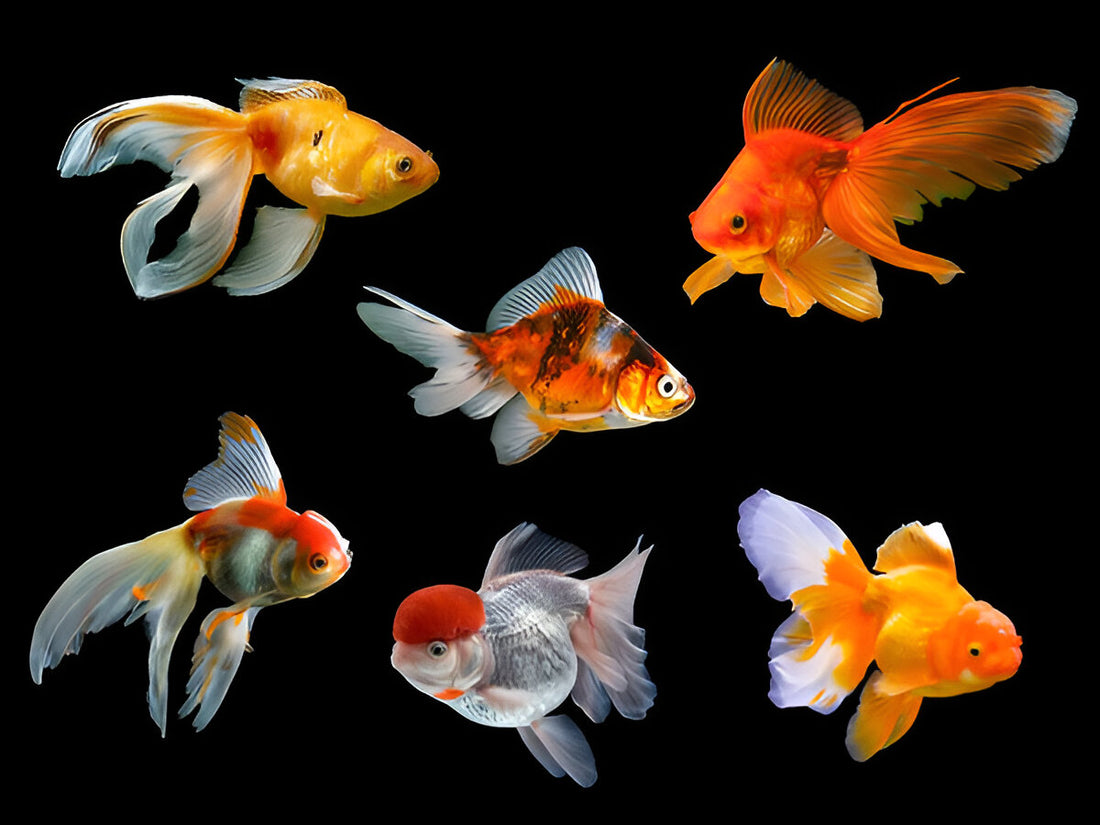
Goldfish are now one of the most beloved aquatic pets globally. Their allure stems from their diverse colors and shapes, with over 300 varieties. Their appeal lies not only in their vibrant hues but also in their diverse array of forms. From the common gold-hued variety to the speckled calico, goldfish can exhibit a spectrum of colors and patterns.
For enthusiasts looking to delve into this aquatic hobby, understanding the different types of goldfish is crucial. Each variety has its own specific care requirements, temperament, and compatibility with other fish. By familiarizing themselves with the various goldfish types, potential owners can ensure they select the right companion for their home aquarium.
Our guide is designed to help you navigate through this diversity with ease to bring the world of goldfish to life right before your eyes.
Understanding Goldfish Varieties
What Exactly is a Goldfish?
Goldfish are a diverse group of freshwater fish that can be found in ponds and aquariums all around the world. They belong to the Cyprinidae family, which includes various carp species.
The world of goldfish is incredibly diverse, with a wide range of different varieties. From the traditional common goldfish to the more unique and fascinating breeds like bubble eye and telescope goldfish, there is a goldfish for every preference.

Goldfish can vary not only in size and color but also in their physical features and characteristics. Some have distinctive body shapes, such as the long and slender comet goldfish or the round and chubby oranda goldfish. Others have fascinating traits like bubble-filled eyes or telescopic eyes that protrude outwards.
Each variety of goldfish has its own unique beauty and charm, making them popular choices for both experienced fishkeepers and beginners alike. Whether you're looking for a striking centerpiece fish for your aquarium or a peaceful addition to your outdoor pond, goldfish offers a wide range of options.
Why Are Goldfish Considered Excellent Companions?
Goldfish are known for being excellent companions, providing a sense of tranquility and captivating beauty. Each goldfish has its own unique appearance and personality, making them truly special to their owners.
Goldfish have a remarkable ability to coexist peacefully with other fish in an aquarium, without displaying any aggression. They create a serene atmosphere within the tank, allowing all tank mates to live harmoniously together.

One of the most remarkable qualities of goldfish is their resilience. They can live for a decade or more, bringing joy to their owners for a significant portion of their lives. While the average lifespan of a goldfish is around five years, with proper care and a healthy environment, they can live even longer.
These combined factors make goldfish cherished pets. They provide a peaceful ambiance to any space and bring immense delight by observing their unique personalities and aesthetic variations. Goldfish can create a deep bond with their owners, making them an excellent choice for those seeking a serene and captivating companion.
Why Do You Need to Identify Goldfish Types?
Understanding the specific variety of your goldfish is not just about appreciating its beauty or uniqueness, it plays a pivotal role in ensuring optimal care and setting up the right environment for your aquatic pet.

Each type of goldfish comes with its own set of requirements in terms of tank size, water conditions, diet, and companionship, making identifying their variety a critical first step in responsible fishkeeping.
- Tank Size and Environment: Different goldfish varieties have varying space requirements. For example, single-tailed goldfish such as the Common and Comet varieties are known for their active swimming habits and generally need more room to move around, making larger tanks or outdoor ponds more suitable. On the other hand, fancy goldfish, with their elaborate finnage and slower swimming speeds thrive in smaller, indoor aquariums where their unique features can be safely accommodated and admired.
- Water Conditions: While goldfish are often praised for their hardiness, the specific water parameters (like temperature, pH, and cleanliness) can vary significantly between different varieties. With their more delicate constitutions, fancy goldfish types may require more stable and specific water conditions than their hardier single-tailed counterparts.
- Diet and Nutrition: The dietary needs can also differ among the various types of goldfish. Some may need a diet richer in certain nutrients to support their unique body shapes or fin structures, while others may thrive on a more general diet. Understanding the specific needs of your goldfish variety is key to ensuring their health and longevity.
- Social and Behavioral Needs: The social dynamics and behavior of goldfish can vary widely with each variety. Some may be more sociable and do well with companions, while others might prefer a more solitary existence or require living with goldfish of the same variety to avoid stress and competition. Knowing the variety of your goldfish can help prevent behavioral issues and create a harmonious aquatic community.
Recognizing the variety of your goldfish serves as the foundation for providing a nurturing and appropriate environment. It ensures that the unique needs of your aquatic friend are met, from the size of their tank to the specifics of their care, creating a thriving habitat for them to live in.
Tips for Identifying Goldfish Varieties
Identifying goldfish varieties requires a keen eye for detail and an understanding of their distinct characteristics. Here are some tips to help you differentiate between different types:
For a list of Fancy Gold Fish Types, check out our blog!
Body Shape
Goldfish come in various body shapes, each providing unique insights into their breed. The slender and elongated bodies are reminiscent of their wild ancestors and are commonly seen in single-tailed goldfish. These fish have agile swimming abilities and often possess a single tail fin.
On the other hand, fancy goldfish varieties tend to have round and egg-shaped bodies. While this shape makes them less streamlined, it adds to their ornate appearance. Fancy goldfish typically have twin tail fins and may also have a dorsal fin, further enhancing their distinctive look.

When observing goldfish, paying attention to the body's length, curvature, and symmetry is essential. A well-proportioned body without any unusual growths indicates a healthy fish. However, it's important to note that some goldfish breeds naturally have unique features that are not abnormalities but specific breed traits.
For example, the lionhead goldfish has a distinct "hood" on its head, while the oranda goldfish has a characteristic "wen" cap. These features are part of their breed's charm and should not be mistaken for abnormalities.
By observing and appreciating the diverse body shapes of goldfish, you can gain a deeper understanding of their breed and enjoy the beauty that each individual fish brings.
Fin Configuration
When it comes to goldfish, their fins are not just appendages; they are a canvas that showcases the artistry of nature. Each fin serves a purpose and contributes to the overall beauty and functionality of the fish. Let's take a closer look at the different fin configurations of these aquatic gems:
- Dorsal Fin: The dorsal fin is located on the back of most goldfish and acts as a stabilizer during swimming. It functions like the keel of a ship, keeping the fish upright and on course. Some fancy goldfish varieties, such as the Ranchu and Lionhead, lack a dorsal fin, giving them a smoother silhouette.
- Caudal Fin (Tail Fin): The caudal fin is the powerhouse of propulsion, helping the goldfish move forward and steer. Goldfish can have either a single or a double caudal fin. The single type, found in varieties like the Common and Comet goldfish, allows faster swimming. The double type, seen in many fancy breeds, creates a slower and more graceful movement.

- Anal Fin: The anal fin is located just ahead of the caudal fin and aids in steering. Goldfish with double caudal fins often have a pair of anal fins, while those with a single caudal fin typically have only one. It's worth noting that deformities in anal fins are common among fancy goldfish varieties.
- Ventral Fins: These paired fins are situated between the anal and pectoral fins and help with stability, steering, and braking. They act as the goldfish's underwater brakes, allowing for quick stops and agile maneuvers.
- Pectoral Fins: Located just behind the gills, the pectoral fins are used for low-speed swimming and fine-tuned steering. They function like the goldfish's hands, precisely guiding them through the water.
Each type of fin can vary in length, shape, and size, depending on the goldfish variety. Some goldfish may have elongated and flowing fins that ripple through the water like silk, while others may have shorter and more practical fins suited for speed and agility.
It's important to note that the external features of goldfish, including their fins, have been extensively altered through selective breeding. While most variations are breed-specific traits, some deformities can occur in fancy goldfish varieties. By appreciating the diversity of fin configurations in goldfish, we can better understand their beauty and adaptability.
Coloration
Goldfish are a visual feast, with coloration that’s as varied as it is vibrant. Their scales can shimmer in many hues, from the classic golden sheen to the deepest blacks and brightest whites. When examining a goldfish, take note of the color patterns – they can be uniform, spotted, or even a patchwork of shades.
Distinctive markings are a hallmark of many goldfish varieties. For example, the 'Sarasa' comet goldfish is known for its red and white coloration, resembling the Japanese koi. Spots and patches on goldfish are not just decorative; they can indicate a specific breed. For instance, the 'Shubunkin' goldfish boasts a calico pattern of orange, black, and blue spots scattered across a field of translucent scales.

Intensity is another aspect to consider when it comes to goldfish coloration. Some goldfish may have a subtle, pastel-like quality to their colors, while others are intensely pigmented, with colors that seem to glow from within. It's worth noting that the intensity of color can change over time due to factors such as diet, lighting, and genetics.
It's important to remember that goldfish coloration can also be influenced by external factors. For example, changes in water quality or the presence of certain diseases can affect the vibrancy of a goldfish's colors. Additionally, selective breeding has played a significant role in developing and enhancing the wide range of color variations seen in goldfish today.
Head Growth
The ‘wen’ or ‘hood’ is a distinctive feature of certain goldfish varieties, particularly the Oranda and Ranchu. This growth is a fleshy, bubble-like mass that develops on the fish’s head and cheeks, contributing to their unique and sought-after appearance.
For the Oranda, the wen begins as a genetic mutation and is later enhanced through selective breeding. It can vary in size and shape, sometimes covering the entire head and even extending over the gill plates. The wen usually starts forming when the fish is about one to two years old and continues to grow as the fish matures.

Ranchu goldfish exhibit this feature, with the wen contributing to their rounded, lion-like silhouette. It’s important to monitor the wen’s growth, as excessive development can lead to issues like obscured vision or difficulty in swimming.
When examining these varieties, it’s crucial to look for unusual growths or changes in the wen. While a well-developed wen is a sign of a healthy fish, any white spots or drastic changes in texture could indicate health issues and should be closely observed. Regular check-ups can help ensure that the wen remains a healthy and attractive feature of your goldfish.
Eye Shape
In the realm of goldfish, the eyes are not just a window to the soul but a showcase of their breed’s uniqueness. The Telescope and Bubble Eye goldfish are prime examples of this, each with eye features that are as distinctive as they are intriguing.
The Telescope goldfish, true to its name, boasts eyes that protrude dramatically, resembling the lenses of a telescope. These eyes may not fully develop until the fish is several months old, but once they do, they can extend up to 3/4-inch in length, giving these fish a captivating, otherworldly gaze.

Bubble Eye goldfish take this uniqueness a step further. Their eyes are accompanied by fluid-filled sacs located beneath, creating the appearance of delicate, floating bubbles. This feature adds charm and fragility to the fish, making them a fascinating spectacle in any aquarium.
These eye shapes do more than just add to the aesthetic appeal; they require special care. Owners must ensure their tank environment is free of sharp objects and decorations that could harm these delicate features. Understanding and catering to the needs of these unique eye shapes is crucial for the well-being of these enchanting goldfish varieties.
The Importance of Proper Identification
The importance of proper identification of goldfish varieties extends beyond mere classification—it directly impacts the health and well-being of these aquatic pets, as well as the management of their tank environment, dietary requirements, and choice of tank companions.
Health and Well-being
Proper identification ensures that goldfish receive the appropriate care tailored to their needs. Different varieties may have distinct physiological requirements and predispositions to certain health issues.
For instance, fancy goldfish breeds with exaggerated features, like the Oranda or Ranchu may be more prone to buoyancy issues due to their head growth. In contrast, slim-bodied varieties like the Common goldfish may be more resilient.
Understanding the specific breed allows owners to address potential health concerns proactively and provide optimal care to maintain the fish's well-being.
Influence on Tank Setup
Each goldfish variety may have different preferences and requirements regarding tank setup.
Varieties with delicate fins, such as the Veiltail, may require a smooth substrate to prevent fin damage, while varieties prone to buoyancy issues, like the Bubble Eye, may benefit from a tank with lower water flow to minimize stress.
Additionally, some breeds, like the Comet goldfish, are more active swimmers and may require a larger tank with ample swimming space.
Proper identification enables owners to create an environment that caters to their goldfish's specific needs and behaviors, promoting their physical and psychological well-being.
Dietary Considerations
Goldfish varieties have varying dietary requirements based on their breed and individual characteristics.
For example, fancy goldfish breeds with rounded bodies, such as the Lionhead, may be more prone to digestive issues and require a specialized diet low in carbohydrates to prevent buoyancy problems.
Conversely, slim-bodied varieties like the Shubunkin may have higher energy requirements and benefit from a protein-rich diet.
Identifying the goldfish variety allows owners to tailor their feeding regimen accordingly, ensuring the fish receive the essential nutrients they need to thrive.
Selection of Tank Companions
Compatibility among tank inhabitants is crucial for the overall harmony and well-being of goldfish. Certain varieties may exhibit aggressive behaviors or have specific compatibility requirements influencing their tankmates.
For instance, long-finned varieties like the Ryukin may be susceptible to fin-nipping by more active species like certain tetras or barbs.
Proper identification enables owners to select suitable tank companions that coexist peacefully with their goldfish, reducing stress and minimizing the risk of conflicts or injuries.
Conclusion
Understanding the various types of goldfish is crucial for their well-being, ensuring they receive the proper care, tank setups, and compatible companions. This knowledge deepens our appreciation and enhances the joy of caring for goldfish.

By tailoring our approach to each specific breed, we can ensure our aquatic friends thrive physically and emotionally. Moreover, delving into the diverse world of goldfish breeds offers opportunities for learning and connecting with fellow enthusiasts.
For ongoing support and exploration, Tropicflow stands ready as your go-to resource, providing expertise and community in goldfish care and companionship.
Join us in celebrating the beauty and wonder of these beloved aquatic creatures.
No comments

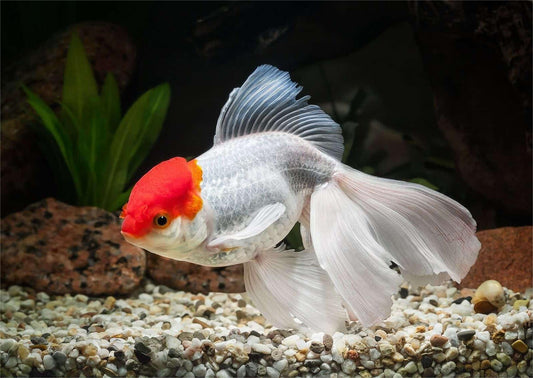
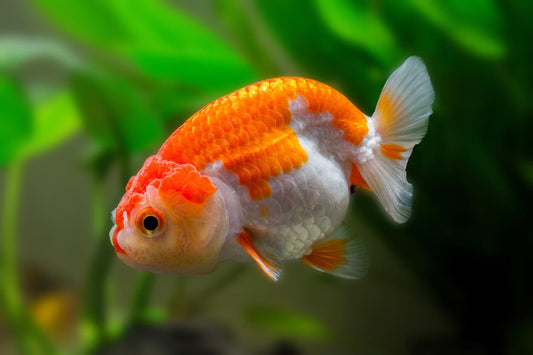
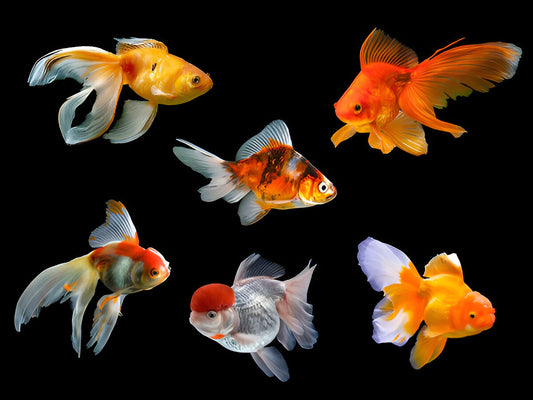
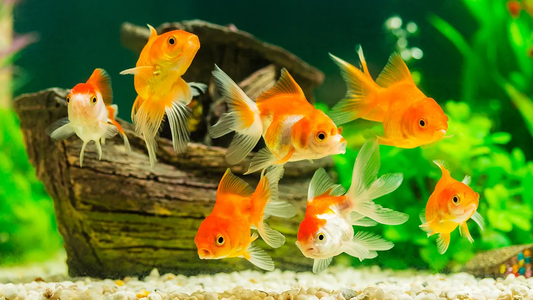


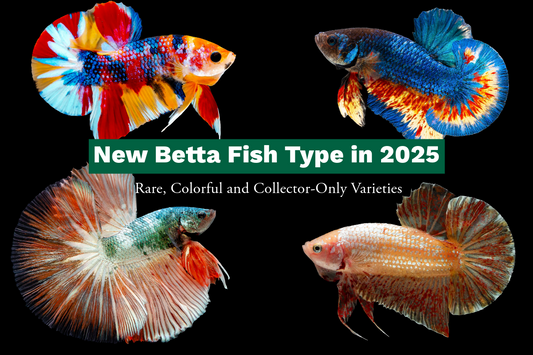

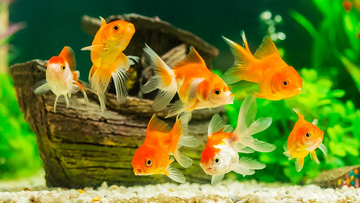
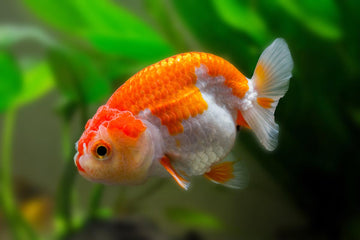
0 comments